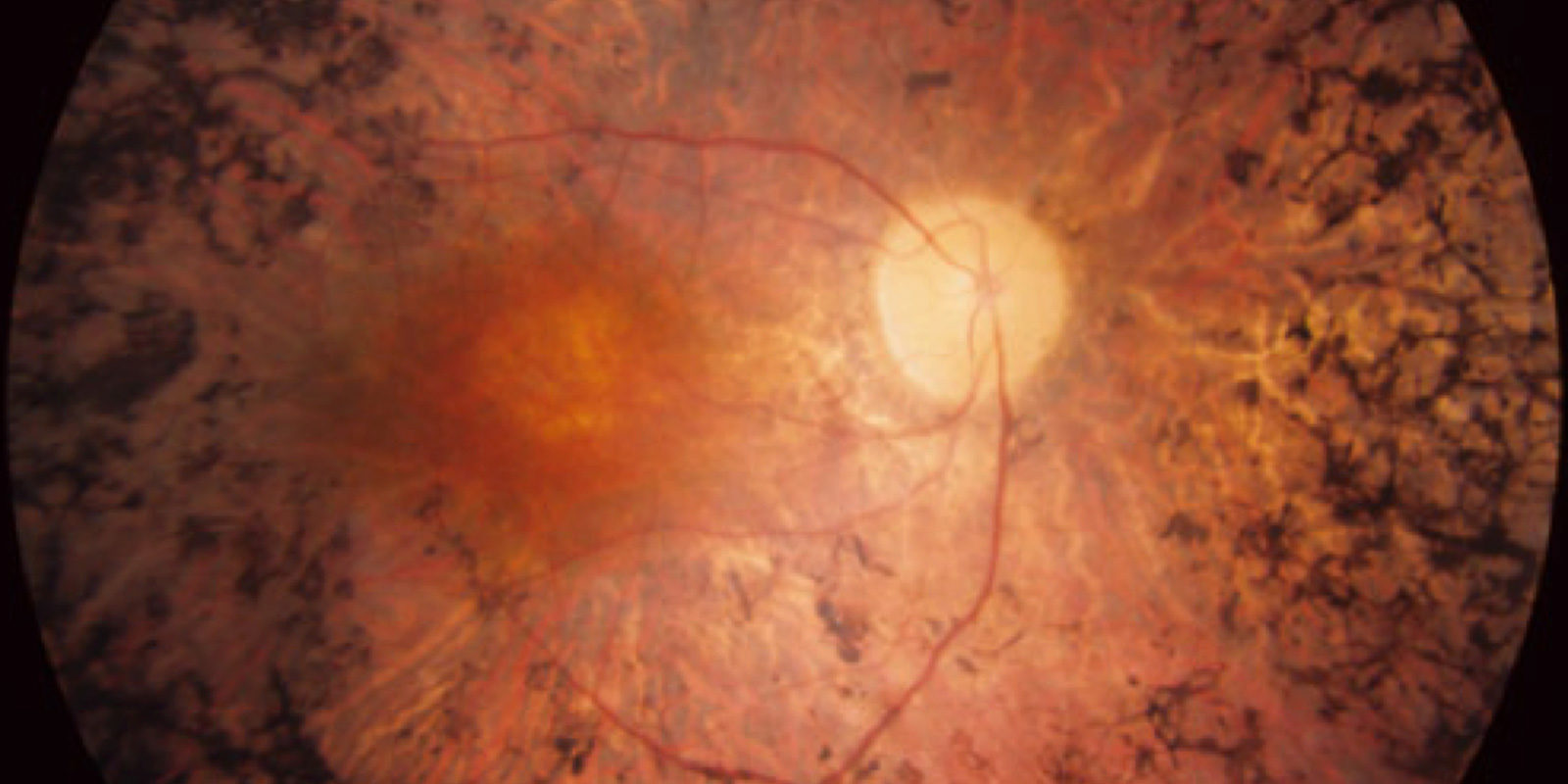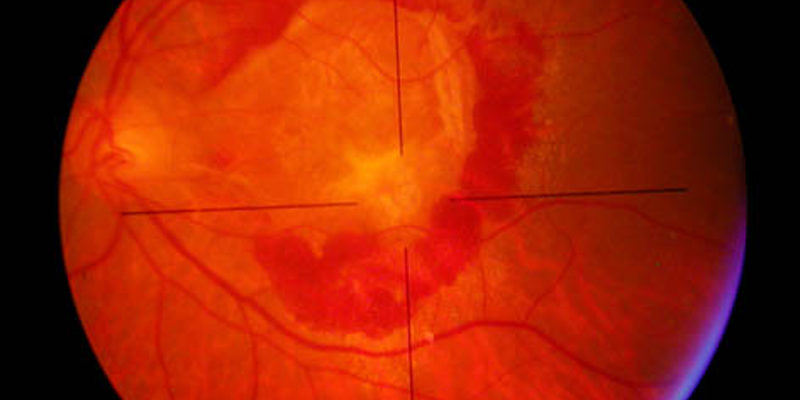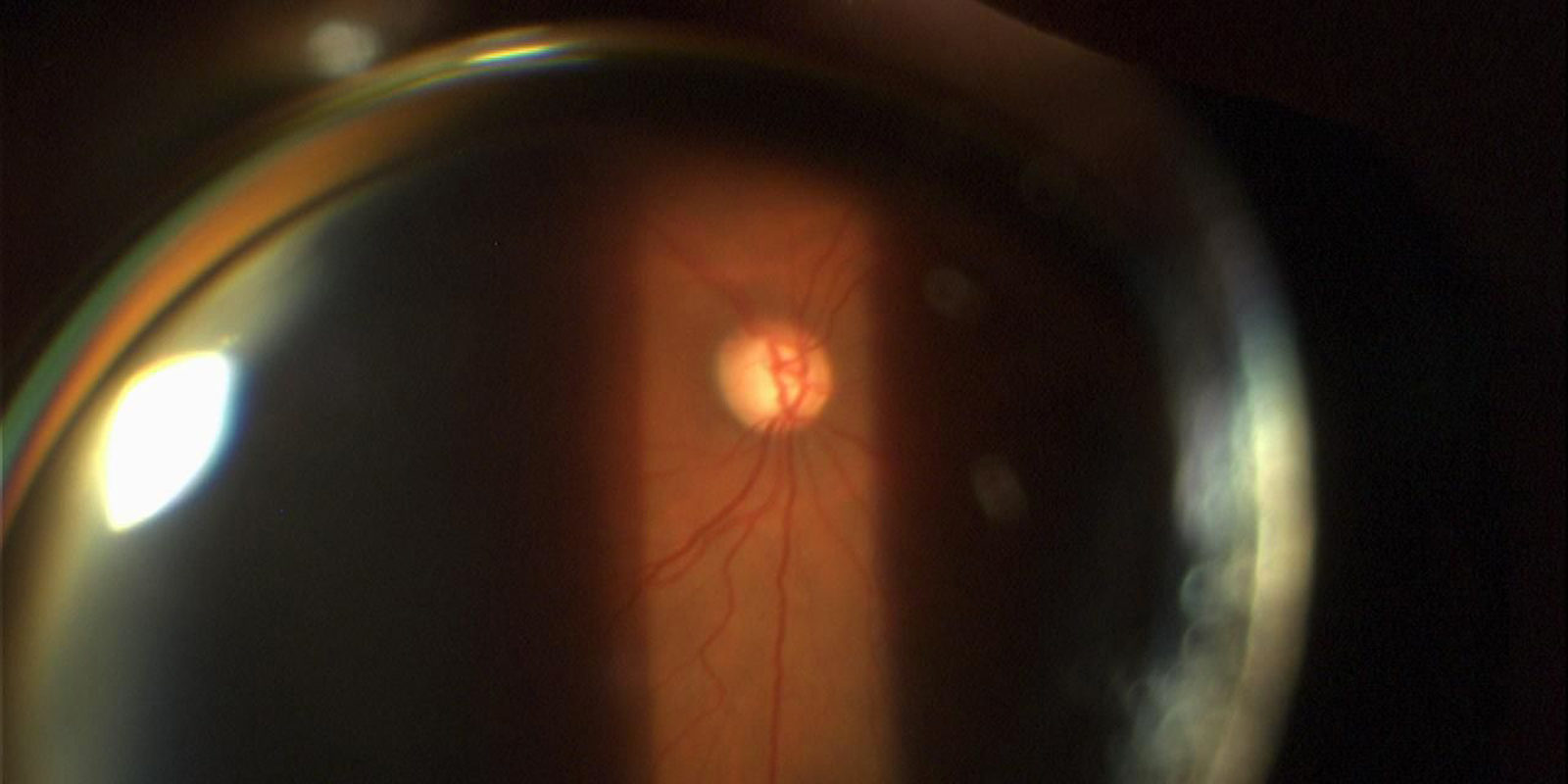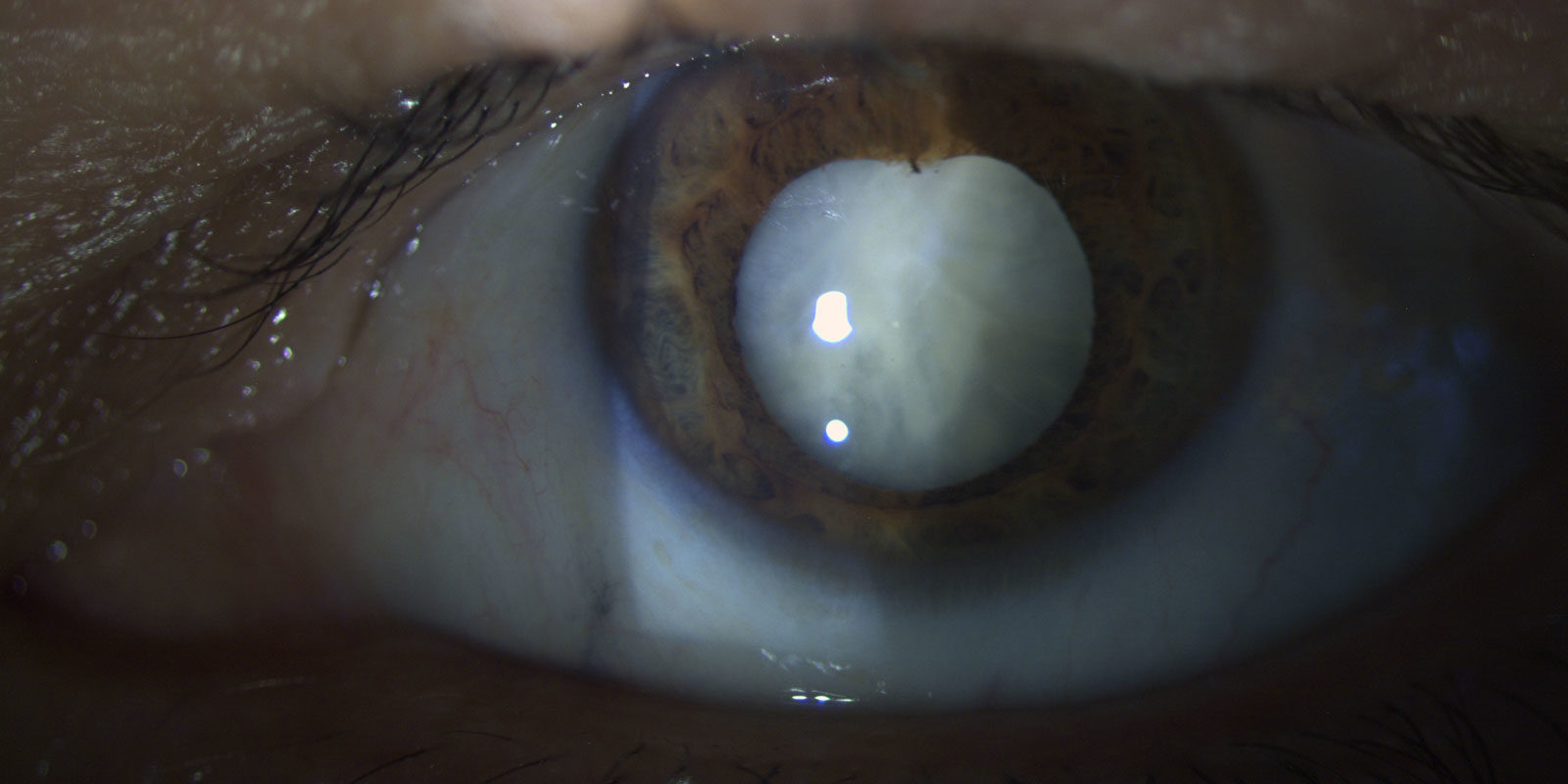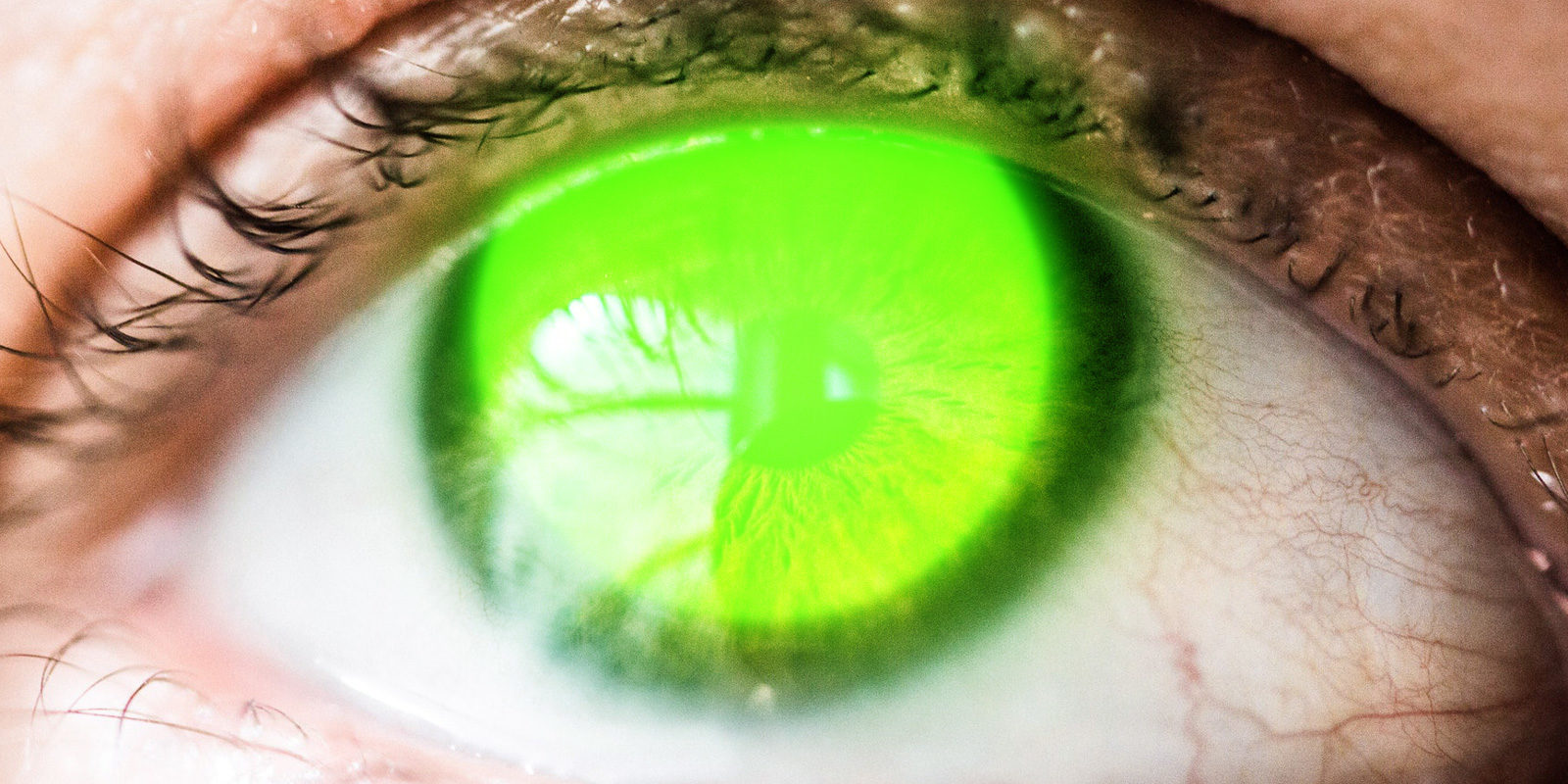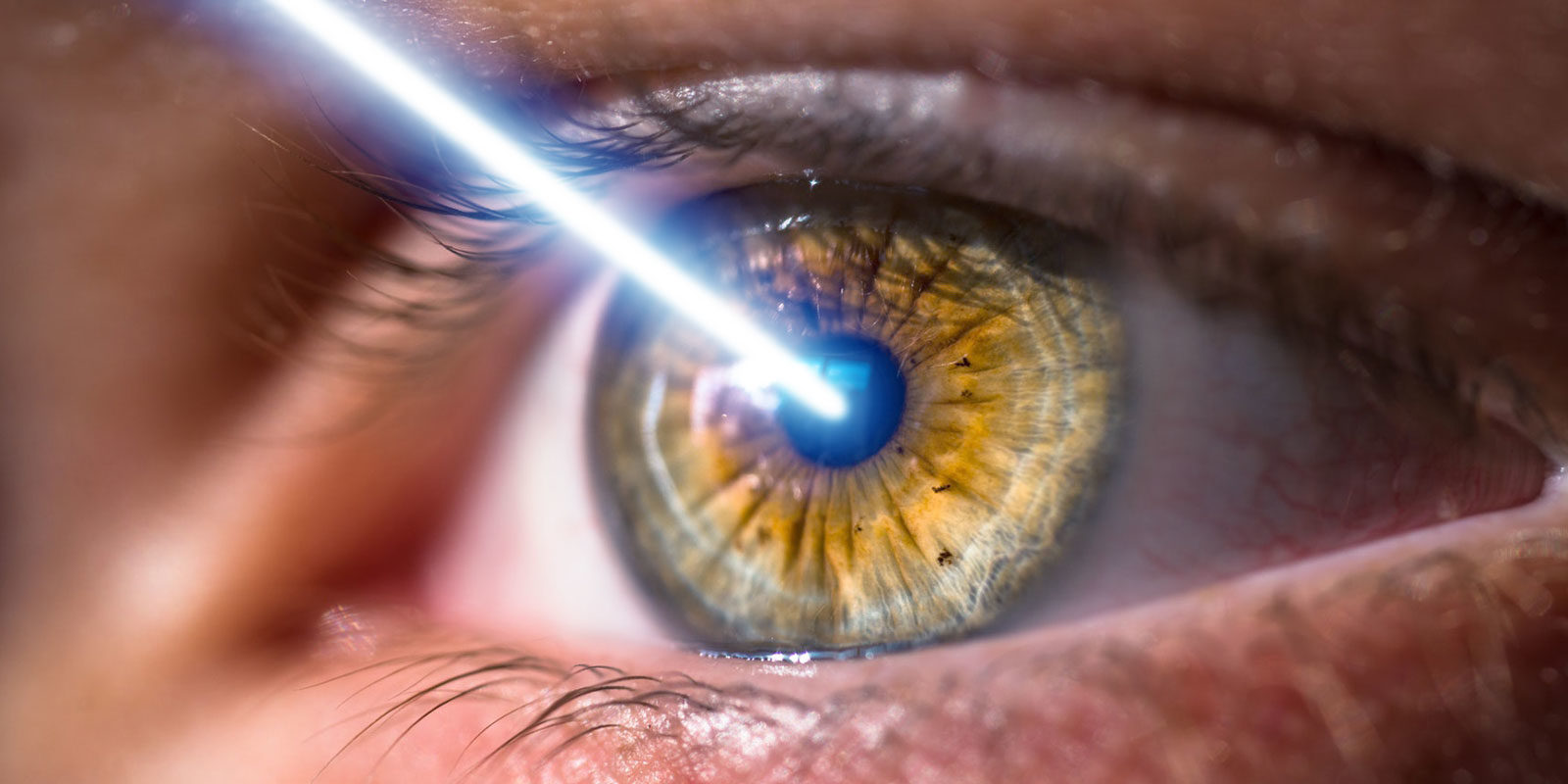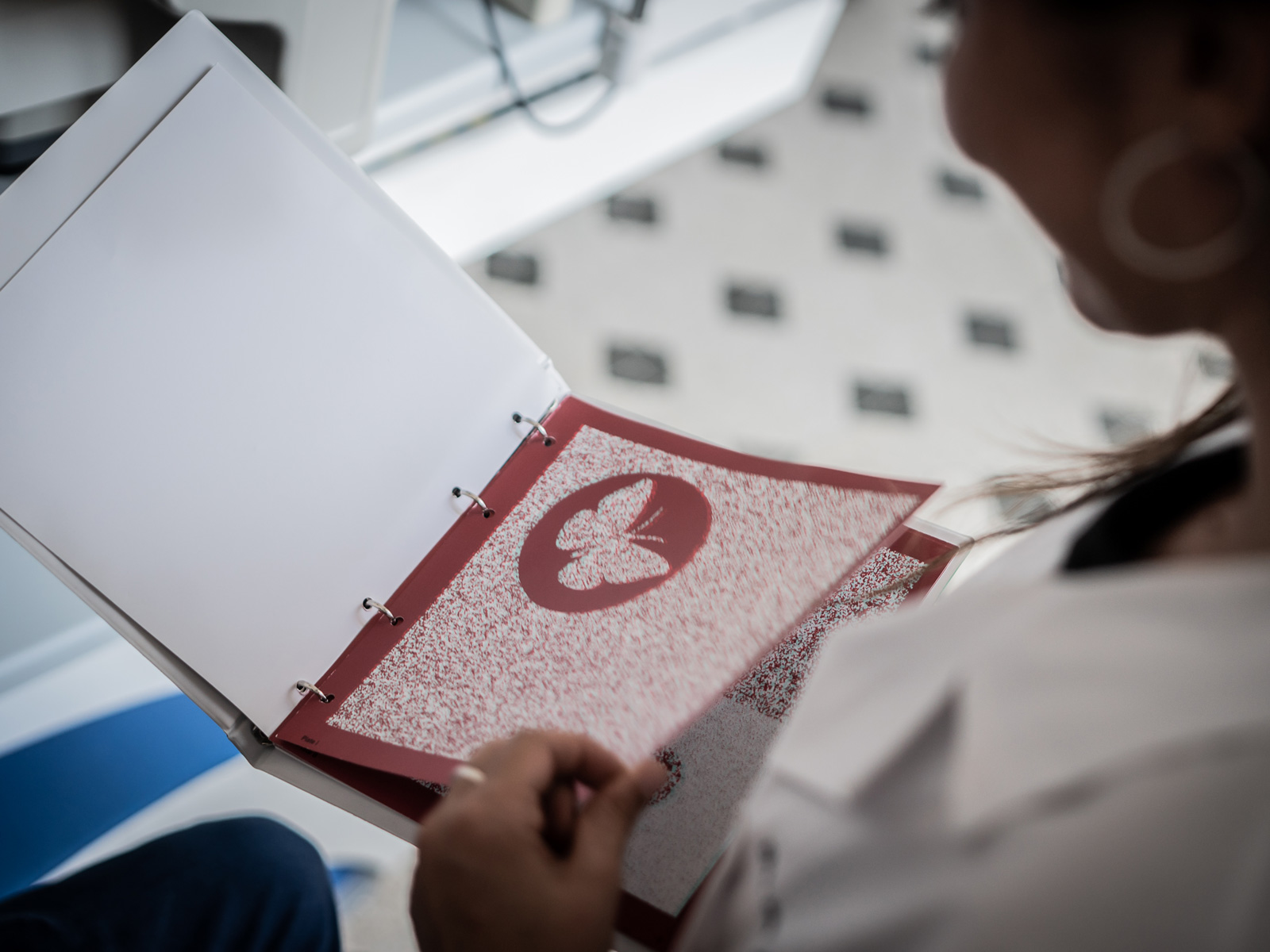
Pediatric Ophthalmology
Dr. Marco Lombardo and his staff provide a professional eye care service for infant and children.
Prevention of eye diseases in children
Pediatric prevention is extremely important. It is necessary that every child, even in the absence of symptoms or obvious signs of eye diseases, undergoes a first pre-school eye examination, possibly before the third year of age.
Some pathologies, however, require an immediate intervention of the eye doctor so that the child does not face a serious visual impairment that will accompany him or her for the rest of his/her life. Some examples include bilateral congenital cataract, premature retinopathy, congenital strabismus, severe congenital ptosis and neonatal infections.
The pediatric ophthalmologist and the orthoptist work together to identify early events that could compromise the normal development of vision in the childhood.
The orthoptist, in particular, deals with the problems of ocular motility, binocular cooperation and defines rehabilitation programs related to anti-amblyopic treatments and to particular forms of strabismus.
Amblyopia (lazy eye)
Amblyopia, or lazy eye, is a reduction in vision without anatomical damage to the visual system. It is estimated that 1-4% of the population in the Western world is amblyopic.
Amblyopia is therefore considered an important socio-economic problem. The most frequent form of presentation is the amblyopia linked to strabismus. A large group of amblyopia (amblyopia ex-anopsia or deprivation) is due to the lack of sensory stimuli in the first few months of life, for example, ptosis and congenital cataract, corneal opacity.
From 6-7 months of life up to 7-8 years of age, the visual system still has a certain plasticity and this means that if for any reason the eye is not used correctly, the visual ability may decrease and remain reduced for the rest of life without prompt intervention with an anti-ambliopic therapy.
Strabismus
Strabismus is a deviation of the visual axes of the eyes. The deviation can be latent or manifest, convergent (exotropia) or divergent (exotropia).
There are many causes of strabismus, including refractive defects and congenital malformations (for example, congenital cataract, craniosynostosis). The angle of strabismus may vary, may be present for far and/or near. It can also be constant or intermittent, monolateral or alternating. Almost all the strabismus arise in pediatric age and their early recognition is fundamental for the success of the orthoptic treatment and, in some forms of strabismus, for the restoration of binocular cooperation.



